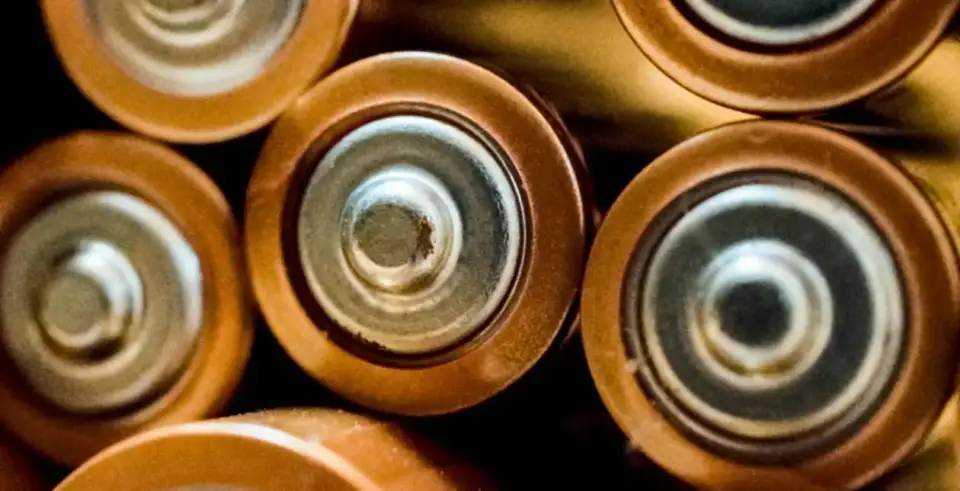Your thermostat might be small, but it plays a significant role in keeping your home comfortable. Without it, your HVAC system wouldn’t know when to kick on or off, leaving you with a house that’s either too hot, too cold, or just plain uncomfortable.
So, what do you do when you walk up to your thermostat and find the screen completely blank? Don’t worry—it’s a common issue, and in most cases, you can fix it on your own. Let’s dive into the common causes of a blank thermostat screen and how to get it working again.
Start with the Basics: Check the Power Supply
When your thermostat screen goes blank, the first thing to check is whether it’s getting power. This might sound obvious, but power issues are the most common culprits behind a blank display.
Power Outages: Sometimes, the problem isn’t with the thermostat but your home’s power supply. If there’s been a power outage, your thermostat screen will remain blank until electricity is restored. Check other appliances and lights in your home to see if they’re also affected.
If everything else is working fine, but your thermostat is still blank, the issue likely lies elsewhere. If the power just returned, give your thermostat a few minutes to reset.
Dead or Low Batteries: If your thermostat runs on batteries, the first step is to check if they need to be replaced. Most digital thermostats, especially the non-programmable ones, rely on AA or AAA batteries to power the display and other functions. Over time, these batteries lose their charge, leading to a blank screen.
Many thermostats display a low battery warning before the screen goes completely dark, usually in the form of a flashing battery icon or a “Low Battery” message. If you missed this warning, don’t worry—it’s an easy fix. Pop open the battery compartment, replace the old batteries with fresh ones, and see if the display lights up again.
Just make sure to use the correct type of batteries; most thermostats work best with lithium or alkaline batteries, not rechargeable ones.

Tripped Circuit Breaker: If your thermostat isn’t battery-powered, or if changing the batteries didn’t fix the issue, the next step is to check your circuit breaker. Your thermostat is likely connected to your home’s electrical system, and a tripped breaker can cut off power to it.
Head to your home’s breaker box and look for the switch that controls the HVAC system. If the breaker has tripped, it will be in the middle or “off” position. Simply flip it back to “on” and see if that restores power to your thermostat. If it trips again shortly after, a deeper electrical issue might require an electrician’s help.
HVAC System Issues
If you’ve ruled out power issues, the next step is to consider whether there might be a problem with your HVAC system itself. In some cases, the system might send a signal to shut down the thermostat as a protective measure.
Safety Switch Activation: Modern HVAC systems are equipped with safety switches designed to prevent damage to your system. If the system detects a problem—like excess moisture in the air handler or dangerously high temperatures—it may trigger a safety switch that cuts power to the thermostat.
For instance, your air conditioner might have a safety switch located in the drain pan. If a clogged drain line causes the pan to fill up with water, the switch will trip to prevent water damage, and your thermostat might go blank.
In this case, you’ll need to address the underlying issue—such as clearing the drain line—before the thermostat will turn back on. If you’re uncomfortable doing this yourself, call GNH Heating & Cooling to inspect and fix the issue.
Dirty Air Filters: Believe it or not, something as simple as a dirty air filter can cause your thermostat to go blank. When your air filter gets clogged with dust and debris, it can restrict airflow through your HVAC system, causing it to overheat. In response, your system might shut down—including the thermostat—to protect itself.
Check your air filter and replace it if it’s dirty. Ideally, you should change your air filter every 1-3 months, depending on how much your system runs and whether you have pets or allergies. Once you’ve replaced the filter, reset your system and see if the thermostat returns to life.
Inspect the Wiring
If you’ve checked the power supply and HVAC system, but your thermostat screen is still blank, the issue might lie with the wiring.
Loose or Damaged Wiring: Over time, the wires that connect your thermostat to the HVAC system can become loose, damaged, or even chewed through by pests. If the wires aren’t making proper contact, your thermostat might not be getting the power it needs to operate.
To check for wiring issues, turn off the power to your HVAC system at the circuit breaker. Then, carefully remove the thermostat’s cover to expose the wiring terminals. Look for any loose connections—these can usually be tightened with a small screwdriver.
If you notice any damaged wires or if the wiring looks complicated, it’s best to call GNH Heating & Cooling. Attempting to fix wiring issues yourself, especially if you’re not experienced, can be dangerous and might cause further damage to your system.
Incompatible Parts: If you’ve recently replaced any parts of your HVAC system, such as the furnace, air handler, or even the thermostat itself, and the screen has since gone blank, there might be a compatibility issue. Not all thermostats are compatible with all HVAC systems, especially if the components are from different manufacturers.
If you suspect this might be the case, check the documentation for both your thermostat and the HVAC system to ensure they’re compatible. If you need assistance or are unsure, call GNH Heating & Cooling. We can diagnose the problem and recommend a solution.
Old or Malfunctioning Thermostat:

Most thermostats last about ten years. After that, the internal components can wear out, leading to issues like inaccurate temperature readings, unresponsive buttons, and blank screens.
If your thermostat has been acting up and it’s near or past the decade mark, it might be time to replace it. You can try resetting the thermostat first—refer to your user manual for instructions on how to do this. If a reset doesn’t fix the issue, or if the thermostat continues to malfunction, it’s likely time for a new one.
When shopping for a replacement, consider upgrading to a programmable or smart thermostat. These models offer advanced features like automatic scheduling, remote control via smartphone, and energy-saving settings, making them a worthwhile investment for your home.
Brightness Settings
Some thermostats, especially newer models, allow you to adjust the screen brightness. If the brightness is set too low, the screen might appear blank, especially in a brightly lit room. Check your thermostat’s settings to see if the brightness can be adjusted. If so, increase it to a comfortable level and see if that brings the display back.
Furnace Door Safety Mechanism
Certain thermostats, particularly those from Honeywell, are programmed to shut off entirely if the furnace door is open. This is a safety feature designed to prevent accidents. If your thermostat goes blank when you open the furnace door, simply close the door securely and check if the screen turns back on.
Blown Fuse
In some cases, a blown fuse in your HVAC system could be why your thermostat screen is blank. To check for a blown fuse, you’ll need a multimeter—a device that measures electrical voltage. If you’re like most homeowners, you probably aren’t familiar with how to use a multimeter. If that’s the case, then give us a call, and let us check it out for you. If a fuse has blown, we can replace it so your thermostat can operate normally again.
Final Thoughts
A blank thermostat screen can be frustrating. Still, in most cases, it’s a fixable issue that you can handle on your own. By checking the power supply, inspecting your HVAC system, and considering the age and condition of your thermostat, you can often diagnose the problem and restore your home’s comfort in no time.
If you’ve gone through these troubleshooting steps and your thermostat is still blank, it might be time to call in a professional. Our GNH Heating & Cooling team is here to help with all your HVAC needs, from simple repairs to complete system replacements.
Don’t let a blank thermostat screen keep you in the dark—call (918) 804-1549, and we’ll get your system back up and running in no time.


